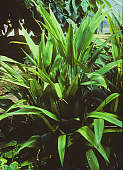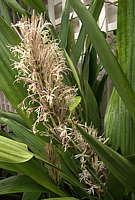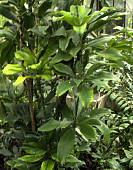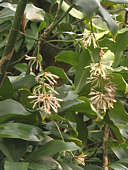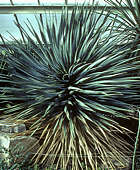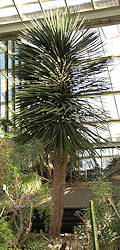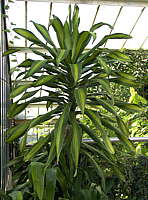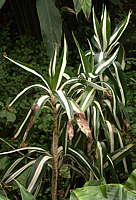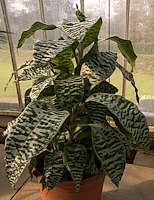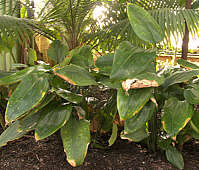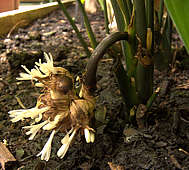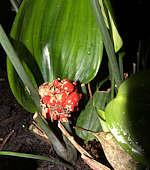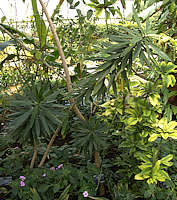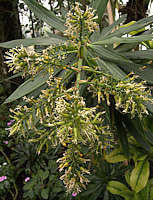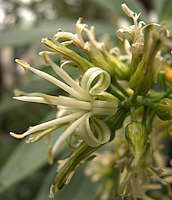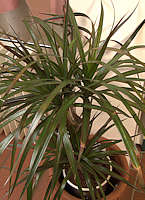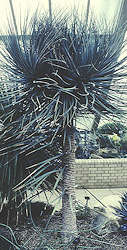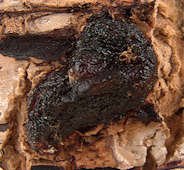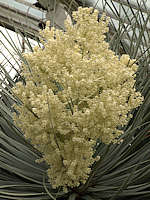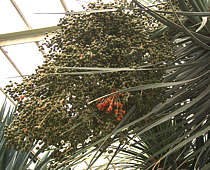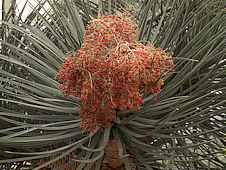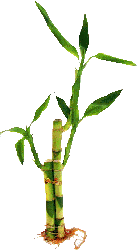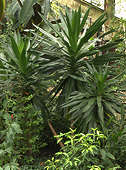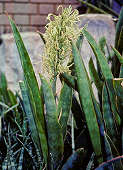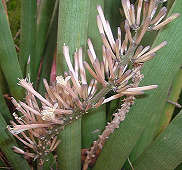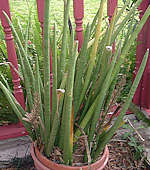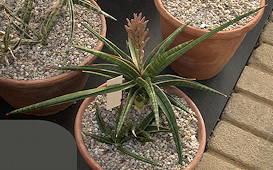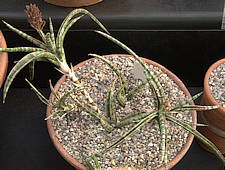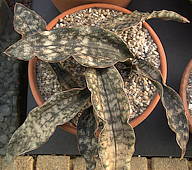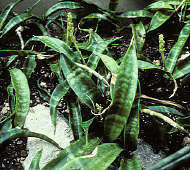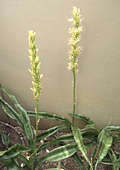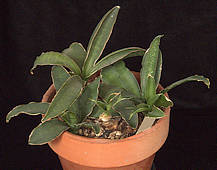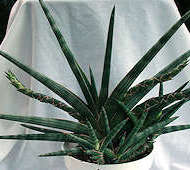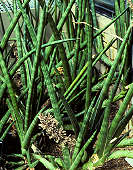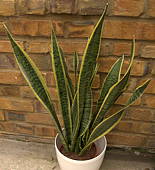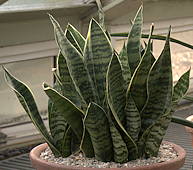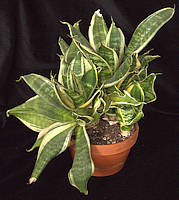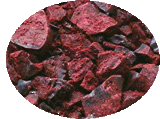 Dragon's Blood The stems of Dracaena trees especially Dracaena cinnabari from Socotra and Dracaena draco from the Canary Islands, exude a reddish sap (Dragon's Blood) containing spirit-soluble resins, from cracks in the bark of the trunk. Resin collectors assist the process by enlarging the cracks.
Dragon's Blood The stems of Dracaena trees especially Dracaena cinnabari from Socotra and Dracaena draco from the Canary Islands, exude a reddish sap (Dragon's Blood) containing spirit-soluble resins, from cracks in the bark of the trunk. Resin collectors assist the process by enlarging the cracks.
Pliny the Elder believed that the Dragon Tree sprang up after a fight and mingling of blood between an elephant and a basilisk (dragon).
Dragon's Blood was used in the classical to medieval period in magic, alchemy and in medicine as an astringent. Unfortunately, there was some confusion with the bright red poisonous pigment cinnabar (mercuric sulphide). Dragon's Blood is used in coloured varnishes and other products and was an essential ingredient for varnishing 18th century Italian violins. Dragon's Blood from Dracaena cochinchinensis is a remedy in traditional Chinese medicine for stomach ulcers, blood clots and for closing wounds.
Resins from several other plants, especially the bark or fruit of the Rattan Palm Daemonorops draco syn. Calamus draco, and from South American Crotons, are also marketed as Dragon's Blood, but with different chemical and other properties from the "original".
Caveat emptor !

 Families of Succulent Plants
Families of Succulent Plants 

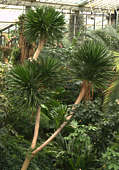


 Dragon's Blood The stems of Dracaena trees especially
Dragon's Blood The stems of Dracaena trees especially 